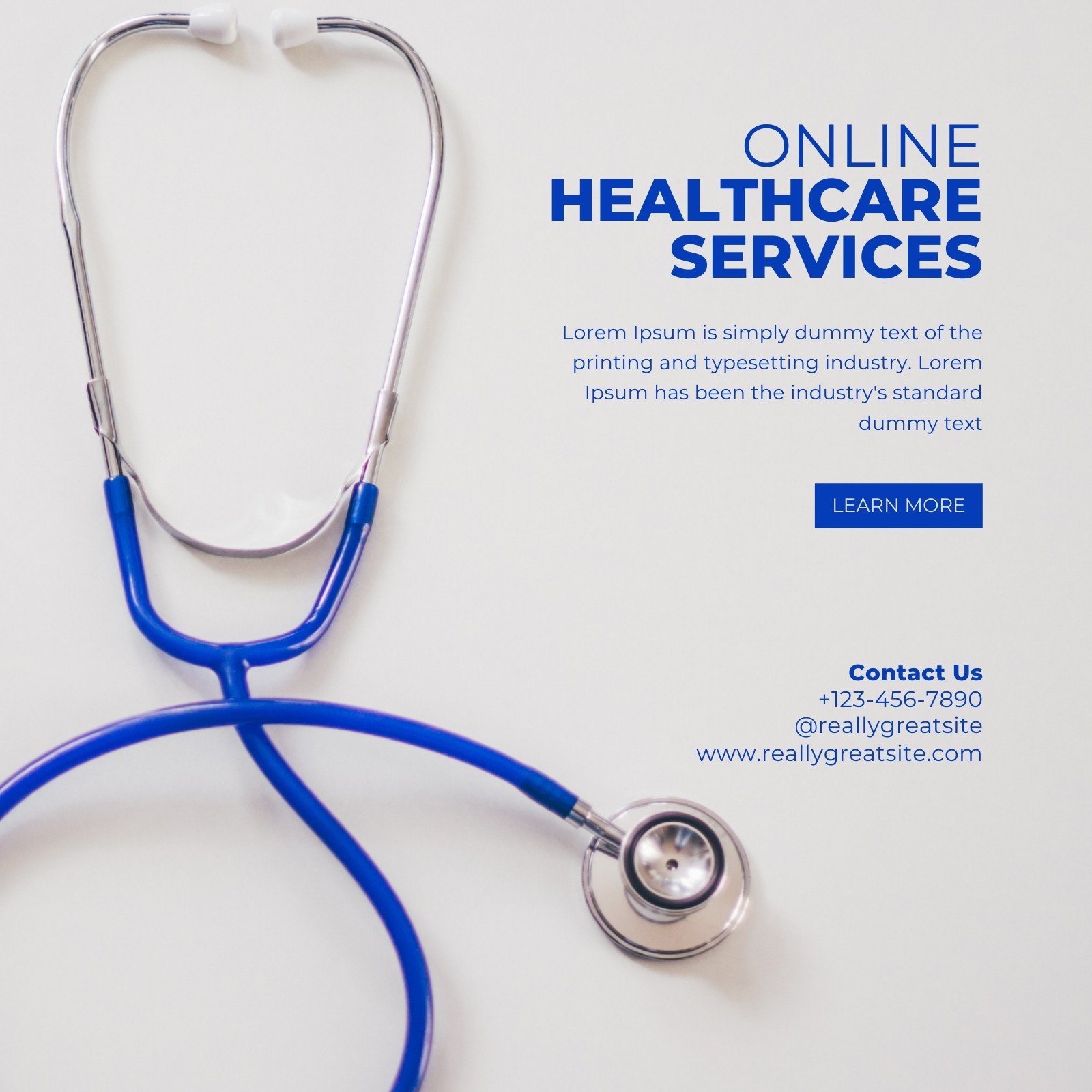Exactly How Subscription-Based Healthcare Is Changing the Medical Sector

The Rise of Subscription Health Care
Recently, the health care market has actually experienced a substantial change in the direction of subscription-based versions, mirroring more comprehensive customer fads preferring comfort and predictability. This makeover is driven by the raising need for even more obtainable and tailored treatment options. Membership health care, in some cases referred to as concierge medication or straight medical care, uses clients a fixed monthly fee for a series of medical solutions, significantly changing standard fee-for-service designs.
The rise of subscription medical care is promoted by improvements in innovation, which enable structured interaction between patients and providers - subscription based healthcare. Digital platforms and telehealth services have actually become integral, using clients the ability to set up visits, access clinical records, and obtain assessments online. This technical combination not only improves patient involvement but additionally enables providers to provide more effective treatment
Furthermore, the membership design straightens with the evolving expectations of patients who seek more control over their healthcare expenses and experiences. While this model is acquiring traction, its expansion encounters challenges such as regulatory hurdles and the necessity for broader approval within the typical medical care ecosystem.
Benefits for Carriers and people
Subscription-based medical care supplies a plethora of advantages for both companies and clients, reshaping the characteristics of treatment. For patients, this version supplies improved access to medical care services. With a predictable month-to-month charge, clients can enjoy unlimited appointments, minimized wait times, and individualized care. This arrangement usually causes a much more proactive technique to health and wellness management, permitting for timely treatments that can stop chronic problems from escalating. In addition, the monetary transparency of membership models minimizes the unpredictability related to conventional fee-for-service payment, easing the concern of unanticipated medical expenditures.
For health care carriers, subscription-based models foster a more lasting and satisfying method. By securing a consistent earnings stream, service providers can concentrate on providing high-grade care without the pressure of volume-based service. This model encourages longer client examinations, cultivating more powerful patient-provider partnerships and boosting wellness results. In addition, it uses carriers the adaptability to introduce and include all natural and precautionary treatment methods. Administrative tasks are frequently streamlined, reducing overhead prices and permitting carriers to commit even more time to client interaction. Overall, subscription-based healthcare straightens the motivations of companies and clients, promoting an extra patient-centered and effective healthcare distribution system.
Secret Features of the Design
Often, the crucial attributes of the subscription-based healthcare design emphasize its distinctive approach to delivering medical solutions. Central to this version is the principle of predictable, monthly repayments, offering individuals a thorough range of services without the unpredictability of conventional fee-for-service structures. This design commonly consists of endless accessibility to primary care services, preventive care, and routine check-ups, guaranteeing that clients can engage with their health care suppliers proactively instead than reactively.
In addition, straight interaction channels, such as telemedicine and messaging platforms, are emphasized, allowing patients to receive prompt suggestions and consultations without requiring in-person consultations. This boosts access and benefit, particularly for individuals with mobility restraints or those staying in remote locations. The model likewise fosters stronger doctor-patient partnerships, as health care suppliers are incentivized to concentrate on lasting health and wellness results rather than temporary sees.
Additionally, subscription-based health care frequently incorporates technical developments, such as digital wellness records and wellness tracking apps, to give customized and efficient care. People benefit from coordinated and constant care administration, which is tailored to their certain health demands. Eventually, these attributes collectively develop a patient-centered health care experience, focusing on ease of access, price transparency, and preventative care.

Difficulties and Factors To Consider
While the subscription-based healthcare design supplies various benefits, it is not without its factors to consider and obstacles. Subscription designs might inadvertently favor those with greater socioeconomic standing, try this web-site possibly widening variations in health care accessibility for lower-income individuals who may have a hard time with month-to-month fees.
Another difficulty depends on governing compliance. Subscription-based healthcare should browse an intricate internet of regulations that vary by region, including problems around patient privacy, information security, and state licensing needs. Making certain conformity without impeding the model's flexibility and development can be intimidating for why not look here carriers.
In addition, there is the threat of overutilization or underutilization of solutions. Individuals paying a taken care of fee might overuse services, bring about enhanced functional expenses, while others could underutilize because of be afraid of straining the system, potentially overlooking needed treatment.
Future Prospects and Innovations
The landscape of subscription-based health care is poised for transformation with arising developments and progressing leads. As innovation continues to advancement, the assimilation of expert system and artificial intelligence presents substantial possibilities to improve diagnostic precision and enhance individual administration. Predictive analytics can change precautionary care by recognizing possible health threats prior to they manifest, therefore minimizing both expenses and the burden on medical care systems.
Furthermore, telemedicine is set to increase within subscription versions, offering clients increased accessibility to healthcare specialists regardless of geographical restraints. This not only promotes continuity of care you can try this out yet likewise equips individuals to engage more proactively in their health and wellness administration. Additionally, blockchain innovation supplies prospective in safeguarding client information and guaranteeing interoperability throughout systems, promoting trust fund and transparency.
The advancement of personalized medicine is an additional frontier, with subscription designs supplying an unique framework for supplying customized health services. Hereditary screening and personalized treatment strategies can be flawlessly integrated, aligning individual requires with specific medical interventions. Partnerships between tech companies and healthcare suppliers are most likely to generate cutting-edge remedies, boosting patient experiences and outcomes. As these prospects materialize, subscription-based healthcare has the potential to redefine how treatment is supplied and accessed.
Final Thought
Subscription-based health care is changing the medical market by offering a much more accessible, foreseeable, and patient-centered strategy to medical solutions. Despite difficulties such as governing hurdles and prospective differences in gain access to, the subscription design holds pledge for a much more individualized and efficient healthcare experience.
Membership health care, in some cases referred to as attendant medication or direct primary treatment, supplies patients a fixed regular monthly cost for an array of medical services, substantially modifying traditional fee-for-service models.
Furthermore, the membership version straightens with the evolving expectations of clients who look for even more control over their health care expenditures and experiences. For people, this version provides enhanced access to healthcare services. Overall, subscription-based healthcare aligns the incentives of carriers and patients, advertising an extra reliable and patient-centered health care shipment system.
Additionally, telemedicine is established to broaden within membership models, offering clients increased access to medical care specialists no matter of geographical restrictions. - subscription based healthcare